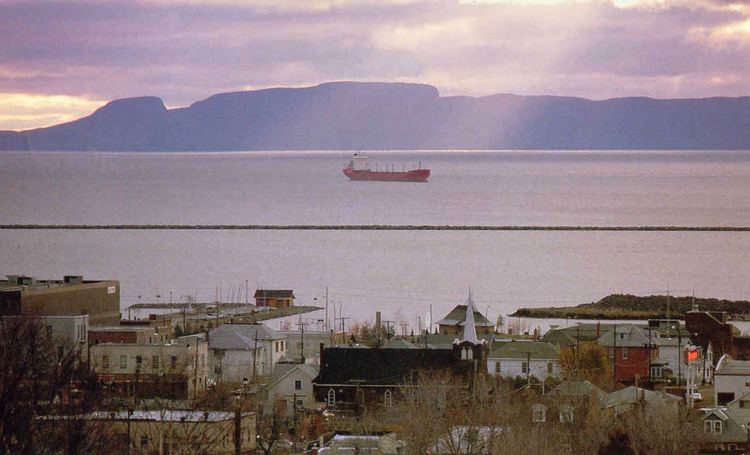 | ||
Developed environments (human settlements) are environments in geography. Different kinds of developed lands are developed environments. The main developed environments are Urban, Suburban, Rural and (not as much) Exurban communities.
Different types of developed settlements
The different types of developed human settlements are: urban, suburban, rural and exurban. The main types of communities in urban areas can be: a metropolis (metropolitan area) (pop. usually over a 1,000,000) or a city (pop. over 100,000.)
Suburban: A residential area on the outskirts of a city. Suburban areas have lower population density than inner city neighborhoods. Suburban areas are dense to semi-dense population areas. A suburban area is frequently a large community.
Populations in suburbs, a suburban area or a suburb in a nearby metropolitan area can vary from 10,000 to over a 1,000,000.
Exurban, Commuter Towns: A commuter town is an urban community that is primarily residential, from which most of the workforce commute out of the community to earn their livelihood. Most commuter towns are suburbs of a nearby metropolis that workers travel to daily, and many suburbs are commuter towns, but not always. There are exurban communities too. The expression "exurb" (for "extra-urban") was coined in the 1950s, to describe the ring of prosperous rural communities beyond older suburbs, that are commuter towns for an urban area. Most exurbs serve as commuter towns, but some commuter towns are not exurban. These communities can be dense, semi-dense and sparsely populated areas. These communities are mostly towns.Example:Tarlac City, Philippines
Populations in exurbs, commuter towns or an exurb of a nearby metropolitan area can be from 1,000 people to 20,000 people.
Rural: Rural areas are settled places outside towns and cities. Such areas are distinct from more intensively settled urban and suburban areas. These areas are mostly sparsely populated areas. Inhabitants live in villages, hamlets, on farms and in other isolated dwellings.
The main types of communities in rural areas can be: a village of 200 to 800 people, a hamlet with fewer than 200 people, or an isolated dwelling— 1 or 2 buildings with families in it.
Populations in Rural communities/areas are usually under 10,000 people.
